Nintendo stands as a cornerstone of video game history, a name synonymous with innovation, creativity, and timeless entertainment. Since its inception, the company has consistently led the charge in shaping the home console landscape, delivering groundbreaking hardware and an unmatched library of beloved franchises. From the pixelated charm of early classics to the immersive experiences of modern hits, Nintendo’s legacy continues to captivate players across generations. With a strong lineup of upcoming titles and the official announcement of the highly anticipated Switch 2, the company shows no signs of slowing down. Now is the perfect time to take a step back and explore the evolution of Nintendo’s console lineup—each system a milestone in the journey of gaming excellence.
Below, we’ve compiled a complete list of every Nintendo console ever released. Travel through decades of innovation and discover how Nintendo has continually redefined what’s possible in gaming.
Answer See Results
Looking to save on a new Nintendo Switch or the latest games? Don’t miss the best Nintendo deals available today.
How Many Nintendo Consoles Have There Been?
In total, Nintendo has released 32 consoles throughout its storied history. The upcoming Switch 2 will mark the 33rd. This count includes all major home and handheld systems, along with revised models such as XL, Lite, and Mini variants—each contributing to the evolution of Nintendo’s gaming ecosystem.
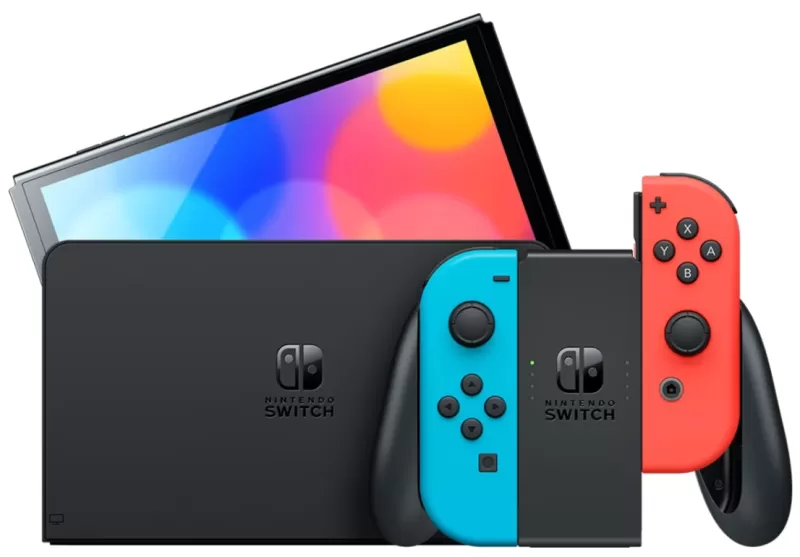
Every Nintendo Console in Order of Release
Color TV-Game – June 1, 1977
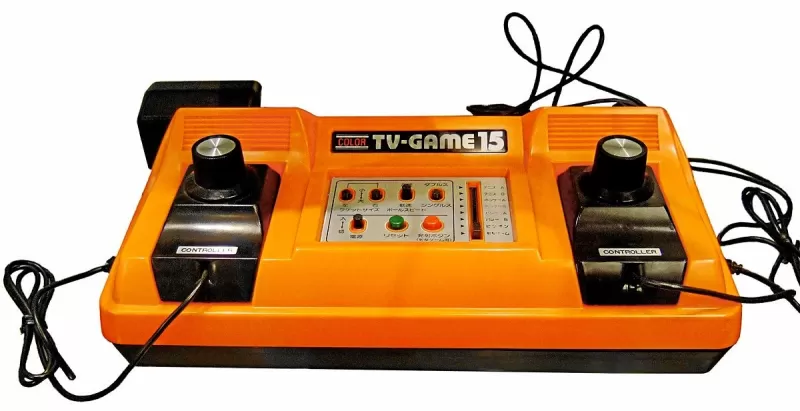 The Color TV-Game series marked Nintendo’s first venture into video game hardware, developed in collaboration with Mitsubishi Electronics due to Nintendo’s limited experience in electronics at the time. These simple, dedicated gaming devices were a commercial success in Japan and laid the foundation for Nintendo’s future in the gaming industry. Though largely unknown outside Japan, the Color TV-Game’s impact is undeniable—ushering in Nintendo’s transformation into a gaming powerhouse.
The Color TV-Game series marked Nintendo’s first venture into video game hardware, developed in collaboration with Mitsubishi Electronics due to Nintendo’s limited experience in electronics at the time. These simple, dedicated gaming devices were a commercial success in Japan and laid the foundation for Nintendo’s future in the gaming industry. Though largely unknown outside Japan, the Color TV-Game’s impact is undeniable—ushering in Nintendo’s transformation into a gaming powerhouse.
Game & Watch – April 28, 1980
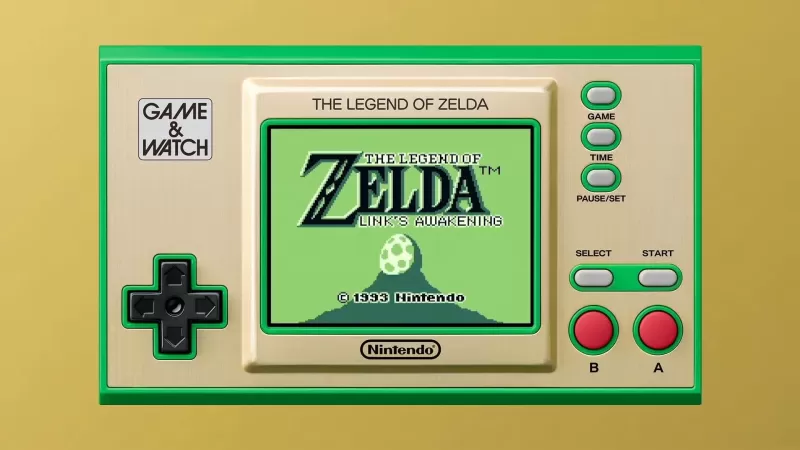 Nintendo’s first handheld gaming devices, the Game & Watch series, combined a clock with a built-in game. Over 40 million units were sold worldwide, making it a massive success. The series introduced the now-iconic D-pad with the Donkey Kong model, a design element that would become standard across all modern controllers. In recent years, Nintendo revived the brand with limited-edition releases celebrating Mario and Zelda anniversaries.
Nintendo’s first handheld gaming devices, the Game & Watch series, combined a clock with a built-in game. Over 40 million units were sold worldwide, making it a massive success. The series introduced the now-iconic D-pad with the Donkey Kong model, a design element that would become standard across all modern controllers. In recent years, Nintendo revived the brand with limited-edition releases celebrating Mario and Zelda anniversaries.
Nintendo Entertainment System – October 18, 1985
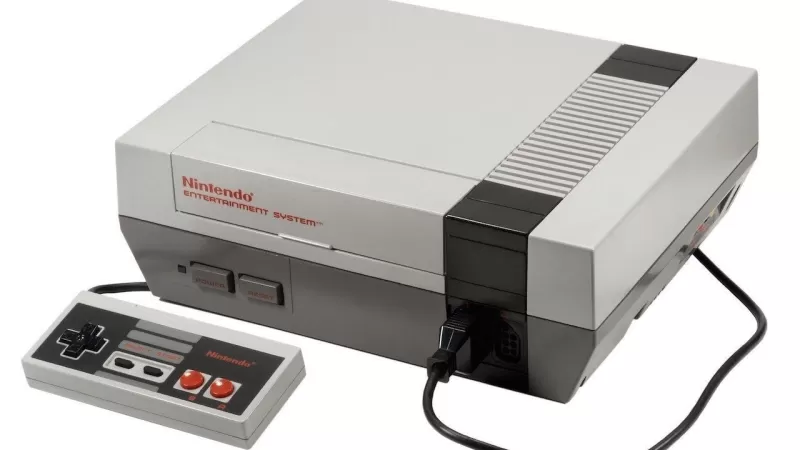 The Nintendo Entertainment System (NES), known as the Famicom in Japan, was Nintendo’s first major home console release in North America. It revitalized the video game industry after the 1983 crash and introduced cartridge-based gaming to a wide audience. Iconic franchises like Super Mario Bros., The Legend of Zelda, and Metroid made their debut here, establishing Nintendo as a dominant force in gaming. The NES remains one of the most influential consoles in history.
The Nintendo Entertainment System (NES), known as the Famicom in Japan, was Nintendo’s first major home console release in North America. It revitalized the video game industry after the 1983 crash and introduced cartridge-based gaming to a wide audience. Iconic franchises like Super Mario Bros., The Legend of Zelda, and Metroid made their debut here, establishing Nintendo as a dominant force in gaming. The NES remains one of the most influential consoles in history.
Game Boy – July 31, 1989
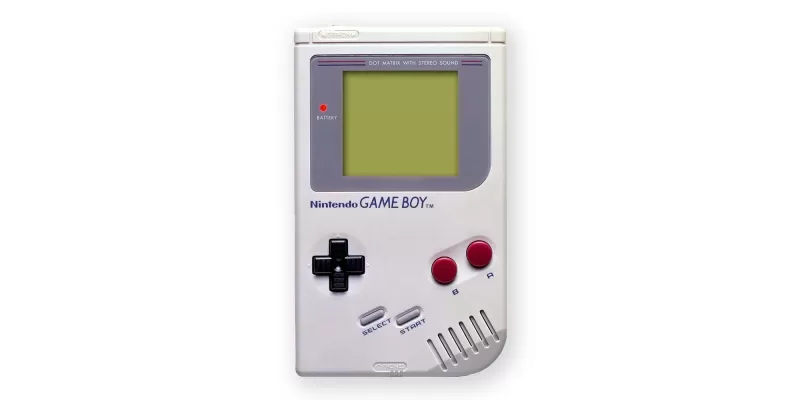 The Game Boy revolutionized portable gaming with its durable design and cartridge-based system. Bundled with Tetris in most regions, it became a cultural phenomenon. Despite its monochrome screen, the Game Boy’s long battery life and extensive library—featuring Pokémon, Super Mario Land, and The Legend of Zelda: Link’s Awakening—cemented its place as one of the greatest handhelds ever made.
The Game Boy revolutionized portable gaming with its durable design and cartridge-based system. Bundled with Tetris in most regions, it became a cultural phenomenon. Despite its monochrome screen, the Game Boy’s long battery life and extensive library—featuring Pokémon, Super Mario Land, and The Legend of Zelda: Link’s Awakening—cemented its place as one of the greatest handhelds ever made.
Super Nintendo Entertainment System – August 23, 1991
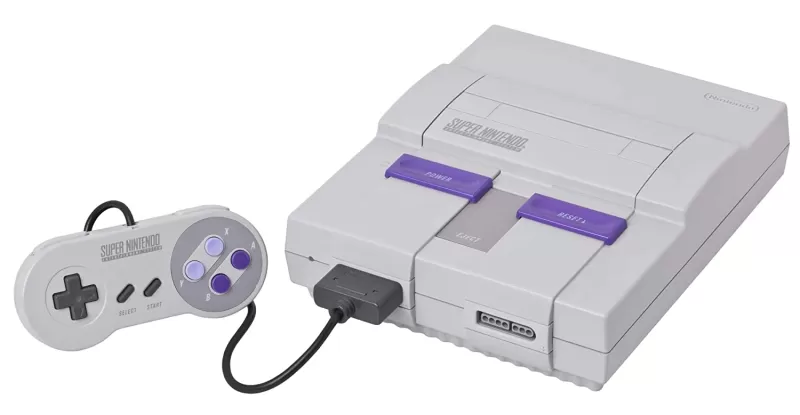 The Super Nintendo (SNES) brought 16-bit graphics to Nintendo’s platform, delivering vibrant visuals and richer sound. It hosted legendary titles like Super Mario World, Donkey Kong Country, Chrono Trigger, and Super Metroid. Despite launching later than competitors, the SNES became the best-selling console of its generation, thanks to its exceptional game library and broad appeal.
The Super Nintendo (SNES) brought 16-bit graphics to Nintendo’s platform, delivering vibrant visuals and richer sound. It hosted legendary titles like Super Mario World, Donkey Kong Country, Chrono Trigger, and Super Metroid. Despite launching later than competitors, the SNES became the best-selling console of its generation, thanks to its exceptional game library and broad appeal.
Virtual Boy – August 14, 1995
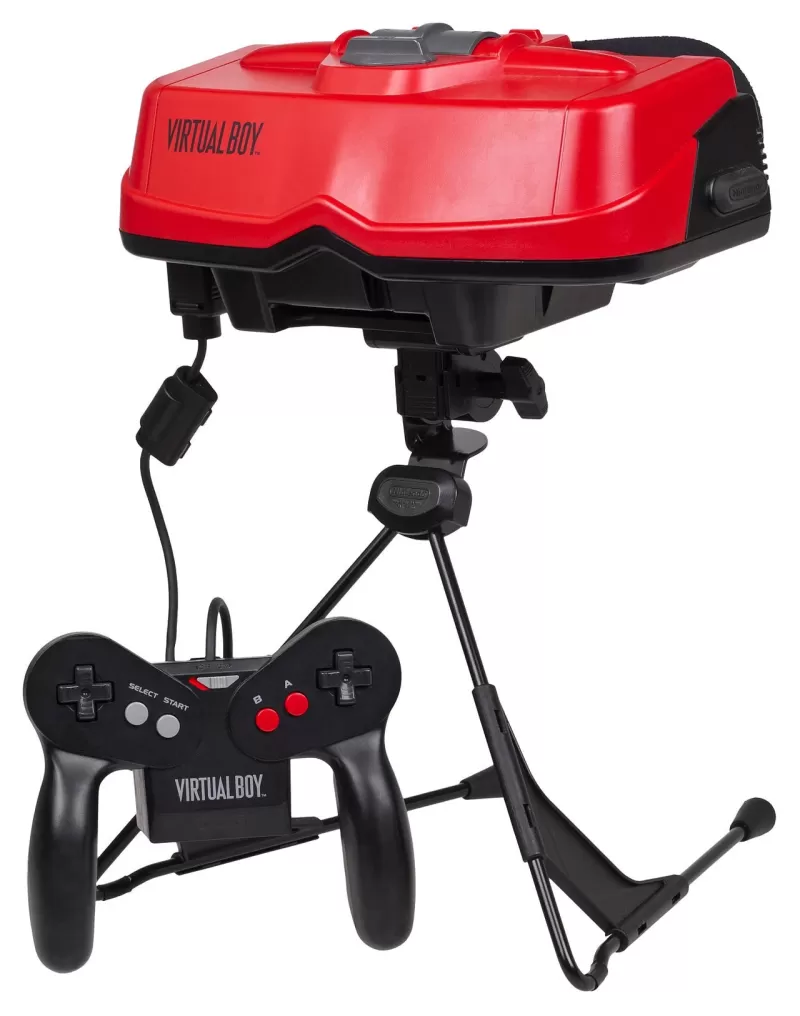 The Virtual Boy was Nintendo’s ambitious but flawed attempt at 3D gaming. This portable system used red LED visuals and head-tracking to create a stereoscopic effect—no glasses required. However, its uncomfortable design, monochrome display, and lack of software support led to poor sales. Only 22 games were released, and the console was discontinued within a year, selling fewer than 8
The Virtual Boy was Nintendo’s ambitious but flawed attempt at 3D gaming. This portable system used red LED visuals and head-tracking to create a stereoscopic effect—no glasses required. However, its uncomfortable design, monochrome display, and lack of software support led to poor sales. Only 22 games were released, and the console was discontinued within a year, selling fewer than 8















